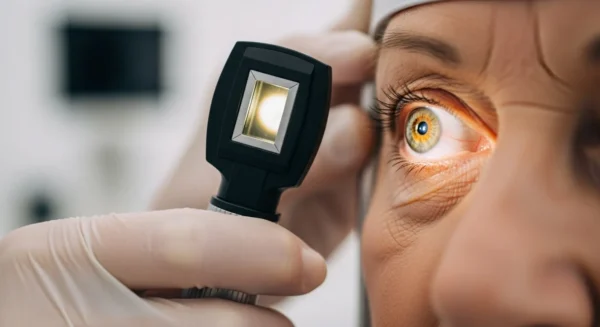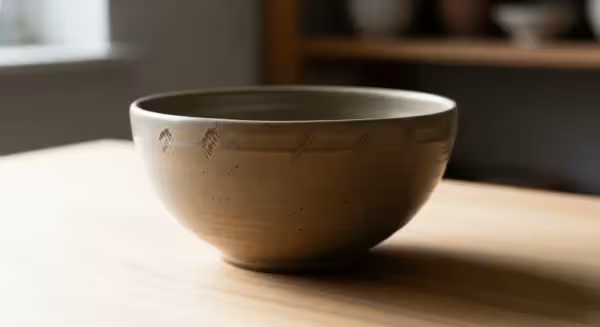
A Step-by-Step Guide to a Safe and Effective Senior Beauty Routine
Creating a daily skin care routine doesn’t need to be complicated or expensive. Consistency and the right choice of gentle products are the keys to success. The following steps are designed to be safe, effective, and easy to incorporate into your day, forming the foundation of excellent skin care for seniors.
Step 1: Cleanse with Care
The goal of cleansing is to remove dirt and impurities without stripping your skin of its essential natural oils. As we age, our oil glands become less active, so preserving these oils is critical to preventing dryness.
- Use Lukewarm Water: Hot water can be very drying and irritating to mature skin. Always opt for lukewarm water for both your face and body.
- Choose a Gentle, Hydrating Cleanser: Look for cleansers that are soap-free and described as “hydrating,” “mild,” or “for sensitive skin.” Creamy or milky cleansers are often better choices than foaming ones, which can be harsh. Avoid products with fragrances, alcohol, and dyes.
- Don’t Scrub: Use your fingertips to apply the cleanser in gentle, circular motions. Avoid using rough washcloths or abrasive brushes on your face. When you’re done, pat your skin dry with a soft towel—never rub.
Step 2: Moisturize Generously and Often
Moisturizing is arguably the most important step for senior skin. A good moisturizer locks in hydration, supports the skin’s protective barrier, and soothes dryness.
- Apply to Damp Skin: The best time to apply moisturizer is right after cleansing, when your skin is still slightly damp. This helps to trap water in the surface layers of the skin, making the product more effective.
- Select the Right Formula: Look for thicker creams or ointments rather than thin lotions. Key ingredients to look for include ceramides (which help restore the skin barrier), hyaluronic acid (which draws moisture into the skin), and glycerin. For very dry skin, products containing petrolatum can be extremely effective at preventing water loss.
- Don’t Forget Your Body: Your arms, legs, back, and feet need moisture, too. Make it a habit to apply a good body cream after every bath or shower.
Step 3: Protect from the Sun Every Single Day
Sun protection is the most powerful of all anti-aging tips and is crucial for preventing skin cancer. Sun damage is cumulative over your lifetime, but it’s never too late to start protecting your skin.
- Use Broad-Spectrum Sunscreen: Choose a sunscreen that offers “broad-spectrum” protection, meaning it blocks both UVA (aging) and UVB (burning) rays.
- Aim for SPF 30 or Higher: For daily use, SPF 30 is the recommended minimum. If you plan to spend extended time outdoors, consider SPF 50.
- Make It a Daily Habit: Apply sunscreen every morning, regardless of the weather. UV rays can penetrate clouds and windows. Apply it to all exposed skin, including your face, neck, ears, and the backs of your hands. Reapply every two hours if you are outdoors.
- Consider Protective Clothing: Wide-brimmed hats, sunglasses, and long-sleeved shirts provide an excellent and reliable form of sun protection.
Step 4: Nourish Your Skin from the Inside Out
What you eat and drink has a direct impact on your skin’s health. A balanced diet supports your skin’s ability to repair itself.
- Stay Hydrated: Drink plenty of water throughout the day. Dehydration can make your skin look and feel dry and dull.
- Eat a Nutrient-Rich Diet: Focus on foods rich in antioxidants, which help protect your skin from damage. Excellent choices include berries, leafy greens (like spinach and kale), tomatoes, and nuts. Healthy fats, found in avocados, olive oil, and fatty fish like salmon, are also essential for keeping skin supple.
—















